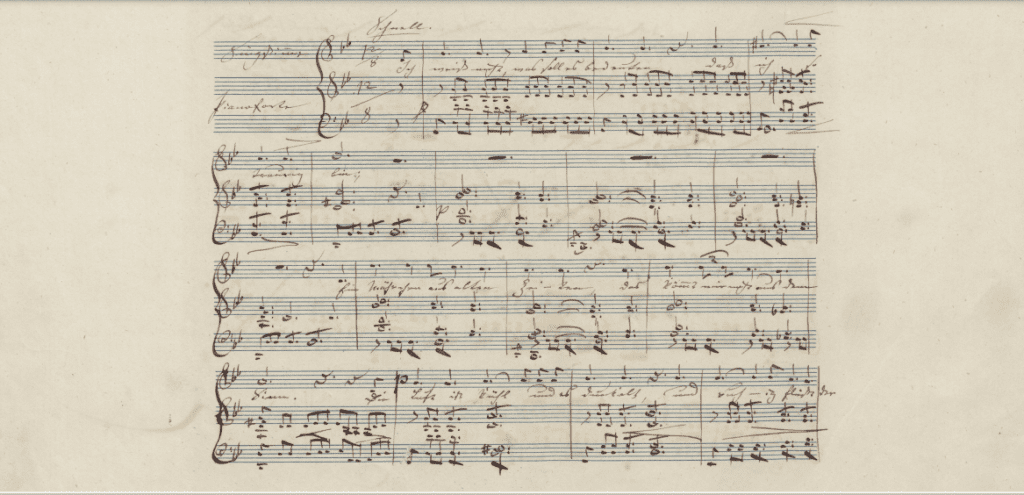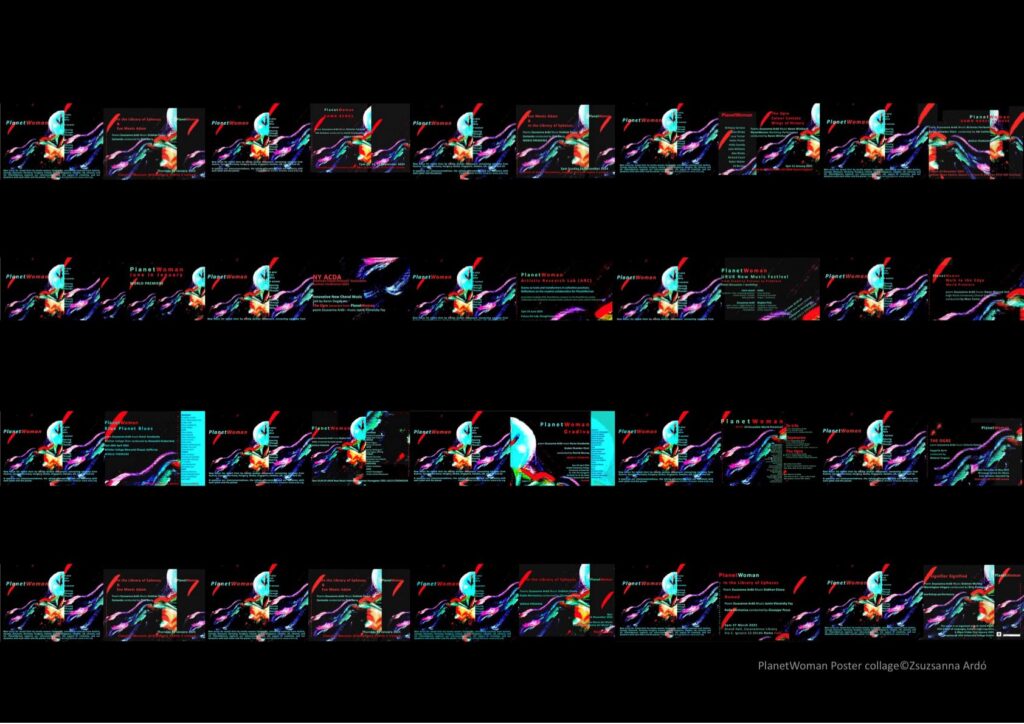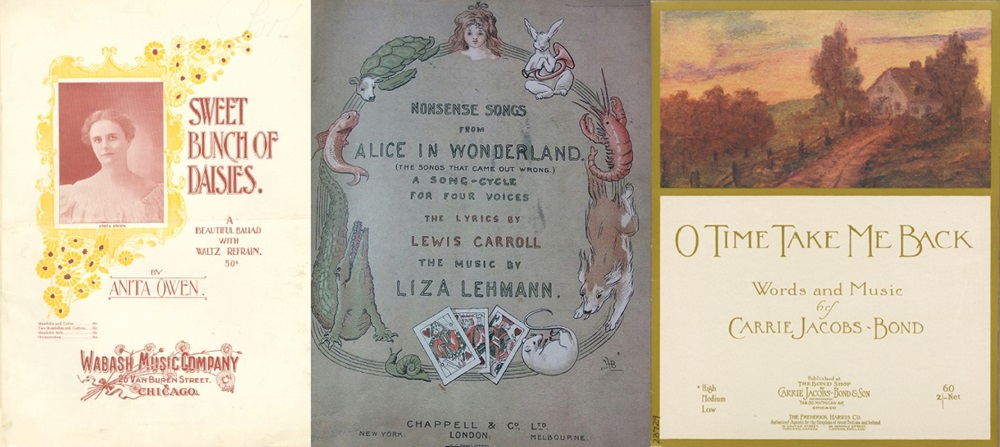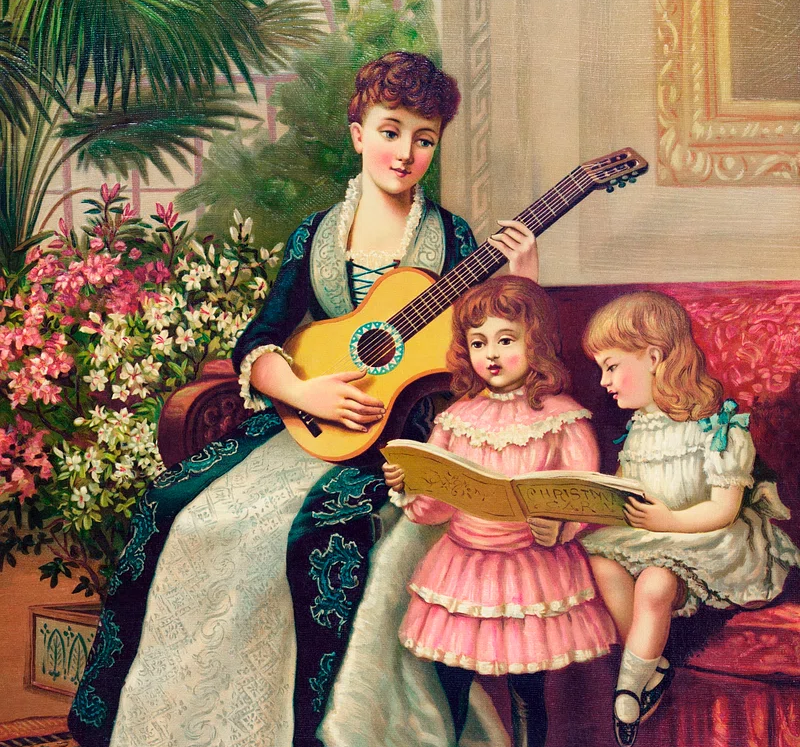One of the hallmarks of Clara Schumann’s songwriting style is a tendency to compose “against the grain” of the poetry, so that the music’s sections aren’t aligned with the poem’s stanzas. It is by far the norm for 19th-century song composers to coordinate sections and stanzas, but she routinely does the opposite. In this video I outline two strategies that Clara Schumann uses to create these against-the-grain effects: fusing together adjacent stanzas by letting the music flow freely across a stanza break, and separating individual stanzas by halting the vocal melody and inserting piano interludes halfway through.

I explore one of her most famous songs, “Lorelei,” in which she uses both strategies to carefully control and sometimes radically disrupt the flow of ideas, images, and emotions.







